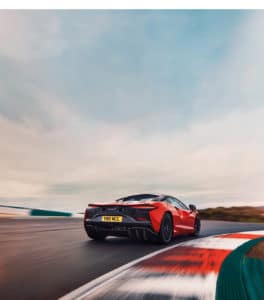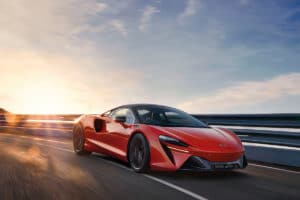2022 McLaren Artura review: don't let its looks deceive you
Eleven years after McLaren Automotive announced its intentions with the MP4-12C, the new Artura picks up the baton and runs with it. A chuckling `Andrew Frankel finds a car that captivates at speed whether on the track or in a town centre tailback
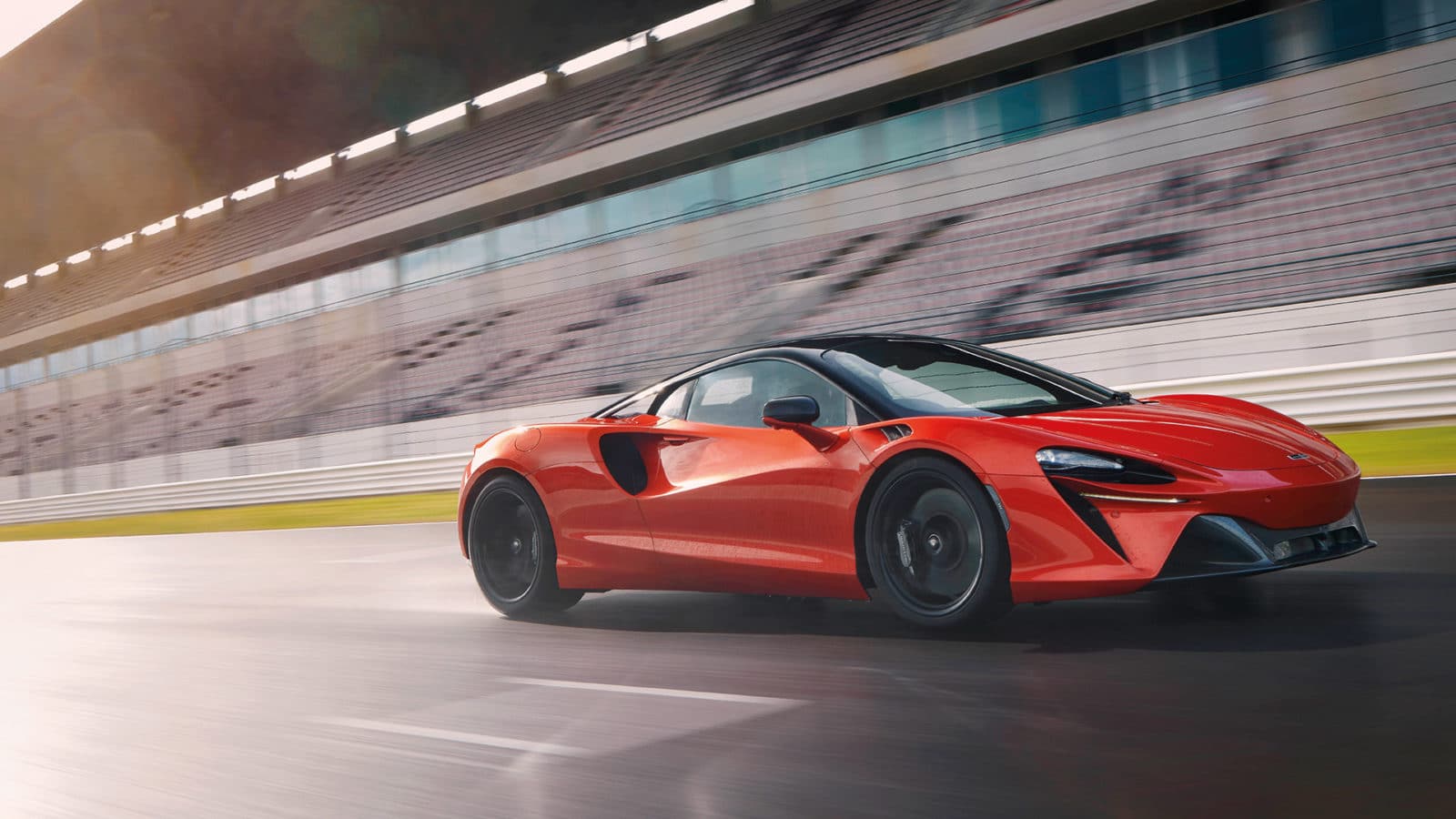
It seemed only right to go back.
I was here 11 years ago in the very first product created by McLaren Automotive. Then I had no idea what to expect of this all-new car from this all-new company which in a previous life had created the McLaren F1 and Mercedes-Benz SLR. What would a McLaren road car commissioned by Ron Dennis but without the genius of Gordon Murray’s input be like? Efficient? Impressive? Antiseptic? Yes, yes, and thrice yes. The convolutedly entitled McLaren MP4-12C was a technical masterpiece whose only mistake was to forget the person behind the wheel.
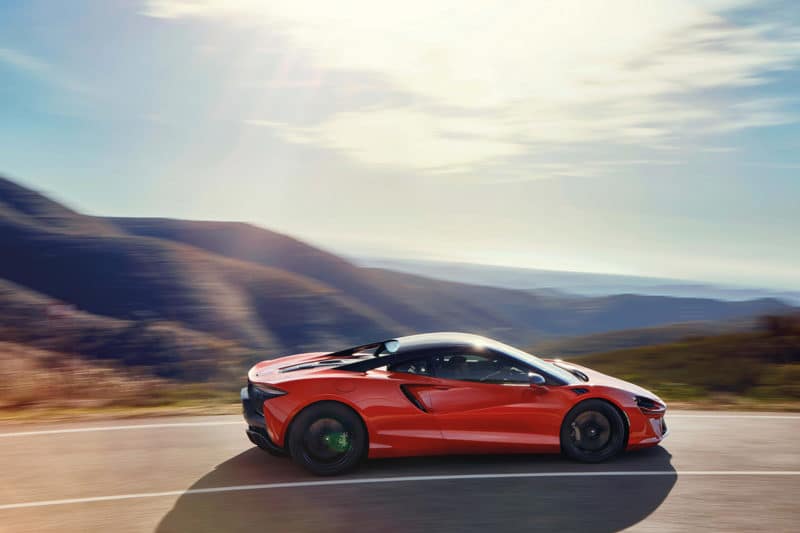
McLaren says the Artura’s lines have “beautiful functionality” but the reality is, it has style similarities to previous models
Today McLaren employs people specifically to ensure that never happens again. They are the ‘voice of the customer’, there to quietly remind the engineers of the complex and often contrary nature of the relationship between fast and fun. So I went back to the same Welsh mountain road on which I’d driven the 12C, but this time in the Artura, McLaren’s first all-new car in those 11 years. New tub, new engine, new gearbox, new body. New car.
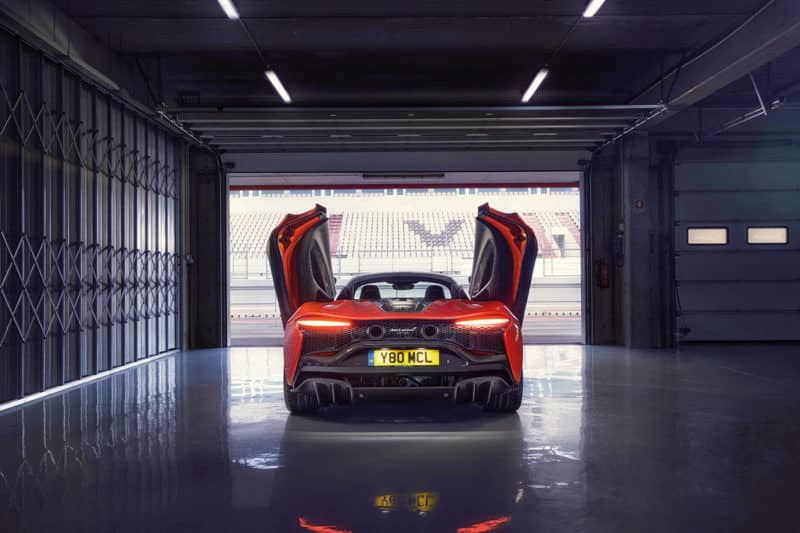
It’s built around McLaren’s all new Carbon Fibre Lightweight Architecture, with an 82kg monocoque
But now I was having another problem. The 12C had felt like the world’s highest-definition video game: fascinating in the resolution of the images it flashed before me, its suspension resurfacing the road so completely it barely felt real. Damn, it was impressive. But entertaining? Hmm. Now my trouble was I feared the Artura had gone too far the other way. So astonishing was the feel through the steering and the deftness of its damping that I found myself laughing out loud in amazement at the thing. And laughing while trying to control 671bhp of supercar is never a smart move.
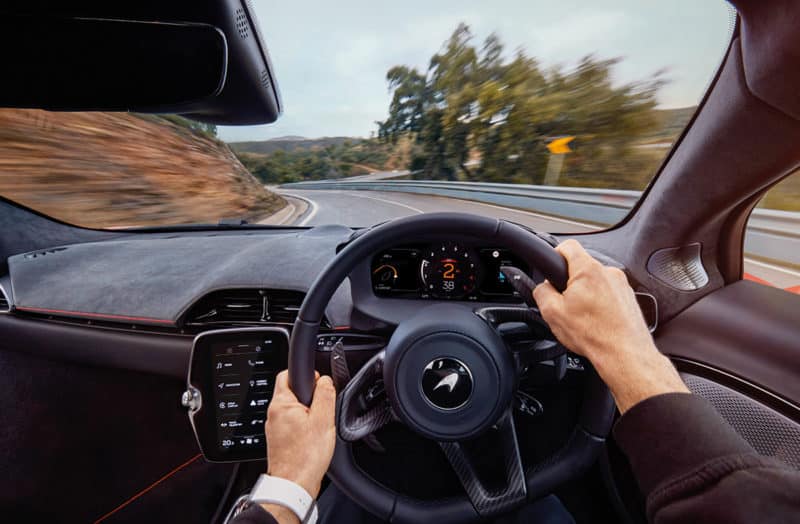
Goldfish-bowl vision, but the infotainment system and instruments underwhelm
You may have read reports from the Spanish launch of the Artura, some that may even have referred to ‘thermal events’, which is a nice way of saying someone needed to discharge a fire extinguisher into a car’s midst. I wasn’t there and we can debate perhaps another time the wisdom of putting journalists into pre-production units of a car whose debut on the world stage has already been delayed by a year. They will report as they find, as I will too. I elected not to go to Spain but instead drive the car on roads I’ve known most of my life, and it behaved perfectly throughout.
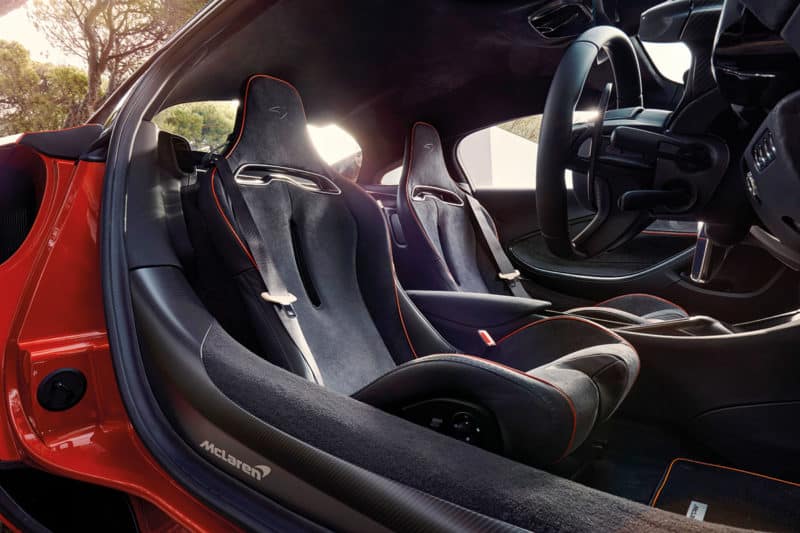
There are downsides – try getting out of these seats.
And I thought it was superb, despite the fact there’s still plenty that could be far better than it is. Like the shape of the tub. After all the criticism of the 570S design, it’s astonishing that the Artura appears no easier to get out of. The infotainment is better but still not good enough. The instruments are harder to read than they should be and you have to turn the volume knob anticlockwise to turn up the music. Yes, really. And if a car is this new, would you not have taken the opportunity to make it look that way too?
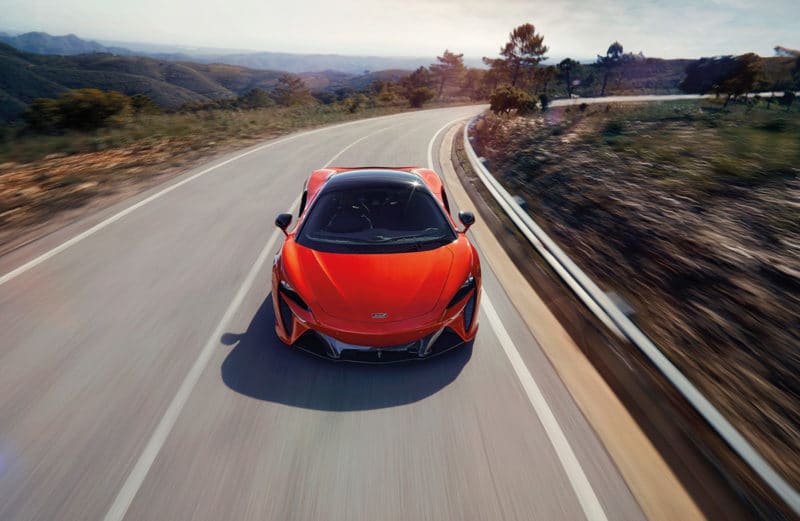
Top speed is 205mph; 0-60mph in 3secs dead – and this is the entry-level Artura. More power is in the pipeline
But all this is overshadowed by an impressive new hybrid powertrain and an absolutely outstanding chassis. The 3-litre 120-degree V6 twin turbo motor is McLaren’s own design (remember Aston Martin was doing the same until former boss Tobias Moers canned it saying it had no chance of reaching production) and in its very first application produces 577bhp all by itself, to which the electric motor adds another 94bhp as well as 19 miles of all-electric range, torque fill at low revs and at the point of throttle application to eliminate turbo lag, and a reverse gear. The result is a car that’s going as hard at 2250rpm as the old V8 was at 5000rpm. So access to performance has been transformed. And that performance is, of course, relentless.
But one reason it is that way is because McLaren has somehow managed to keep its weight – by which I mean its proper ‘wet’ DIN weight– below 1500kg, making it lighter with a hybrid drive and the battery pack and electric motor that goes with it than are rivals from Ferrari, Lamborghini and Maserati are without. It’s also one reason it handles so well, combined with a brand new multi-link rear suspension design and the first limited-slip differential used in a McLaren Automotive product. Hydraulic steering has been retained as has the goldfish-bowl cockpit visibility.
Together these provide the confidence essential for you to be able to get out there and enjoy this car. It is so poised, so accurate, so good at providing information about the road surface, you feel able to safely deploy more of its performance than you might have imagined possible for a car of this potential on the public road. Perhaps more importantly, and a point so often missed, is that when you’re not on a Welsh mountain road that same feel and sense of connection make the Artura rewarding to drive slowly, too. Even trawling through my local town at 20mph I was getting something back from it. Which makes it more enjoyable more of the time.
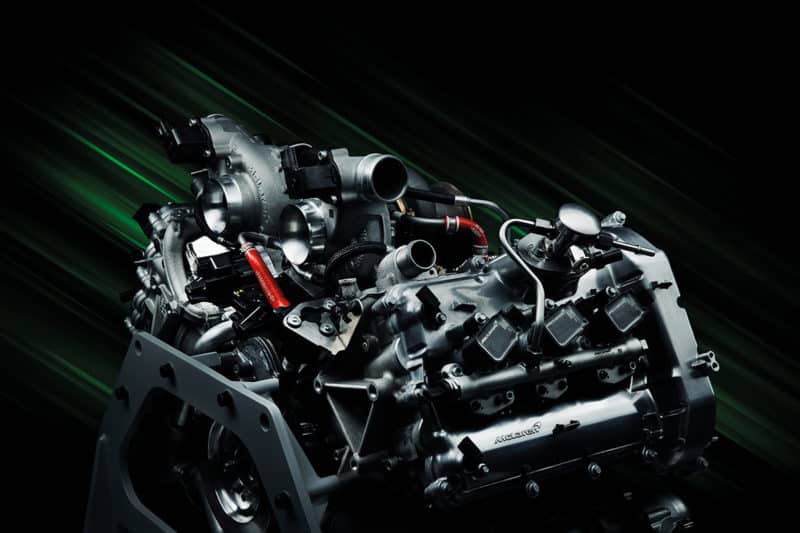
Out goes the previous era’s 4-litre V8, in comes a 3-litre V6 – with a 94bhp electric motor
I hope the problems from the launch, the fact it is so late and McLaren’s well-documented recent woes don’t undermine this car, because although it may not exactly look like it – why is its styling so like previous models? – this is an incredible car, as fast as the opposition, easier with which to live in this modern age and, I am sure, as dynamically capable as the best of the them and more fun than the lot.
This is just the start: like the 12C, the Artura will spawn derivatives with more power. It also seems some kind of SUV is on the way. You may hate the idea, but if its profits make cars like the Artura even better than it is now, you won’t hear me complaining.
